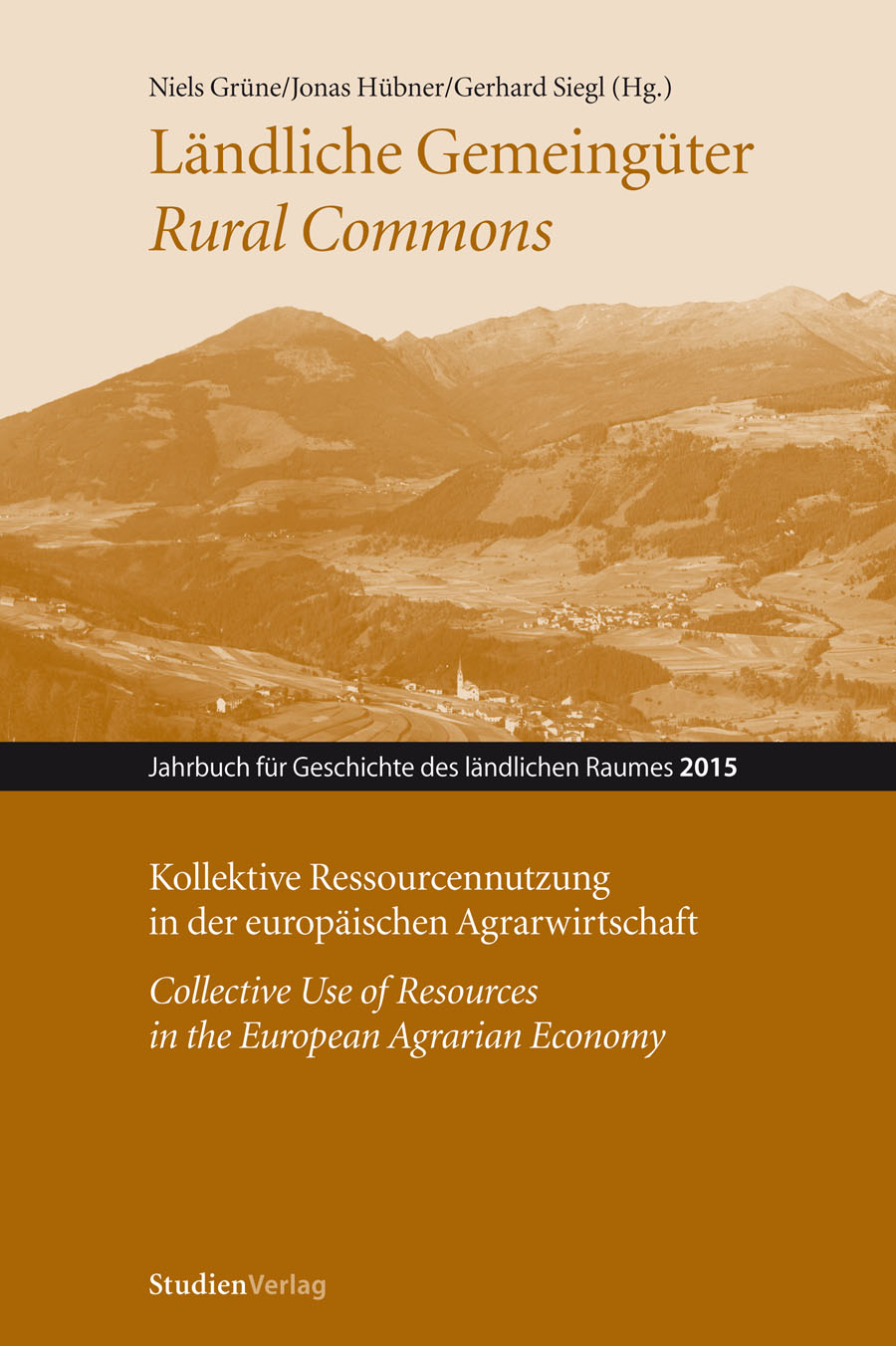Ländliche Gemeingüter in Böhmen vom 16. bis zum 19. Jahrhundert
Eine Bestandsaufnahme und einige Neuansätze der Forschung
DOI:
https://doi.org/10.25365/rhy-2015-7Abstract
Utilising common land, especially open fields and forests, was an important part of the Bohemian village economy until the nineteenth century. Common land played several roles: First of all, it was used as pasture for cattle. Part of the land was rented to peasants; another part was a crucial land reserve for building new houses, whose inhabitants made their living as day labourers or in the proto-industry. Revenues from the sale or lease of land helped
to cover the community expenses or were divided among the local citizens. As part of the reforms of enlightened absolutism, around 1770 the state issued a decree on the division of pastures and conversion into arable land, which was, however, successful only to some extent. Obstacles included the conservative attitude of estate owners and insufficient attention paid to the real needs of the village communities. The growth of the rural population led,
on the contrary, to increased interest in common pastures for subsistence. This also caused numerous disputes over pastures and common land in general between wealthy and poor villagers. Such conflicts were reflected in the petition movement during the 1848 revolution and culminated in the second half of the nineteenth century after the new communal law – widely rejected by wealthy peasants – had extended the number of common land users. The
disputes faded as late as 1919, when a new legal definition of common land was adopted, and ceased for good with the socialist collectivisation after 1948.


